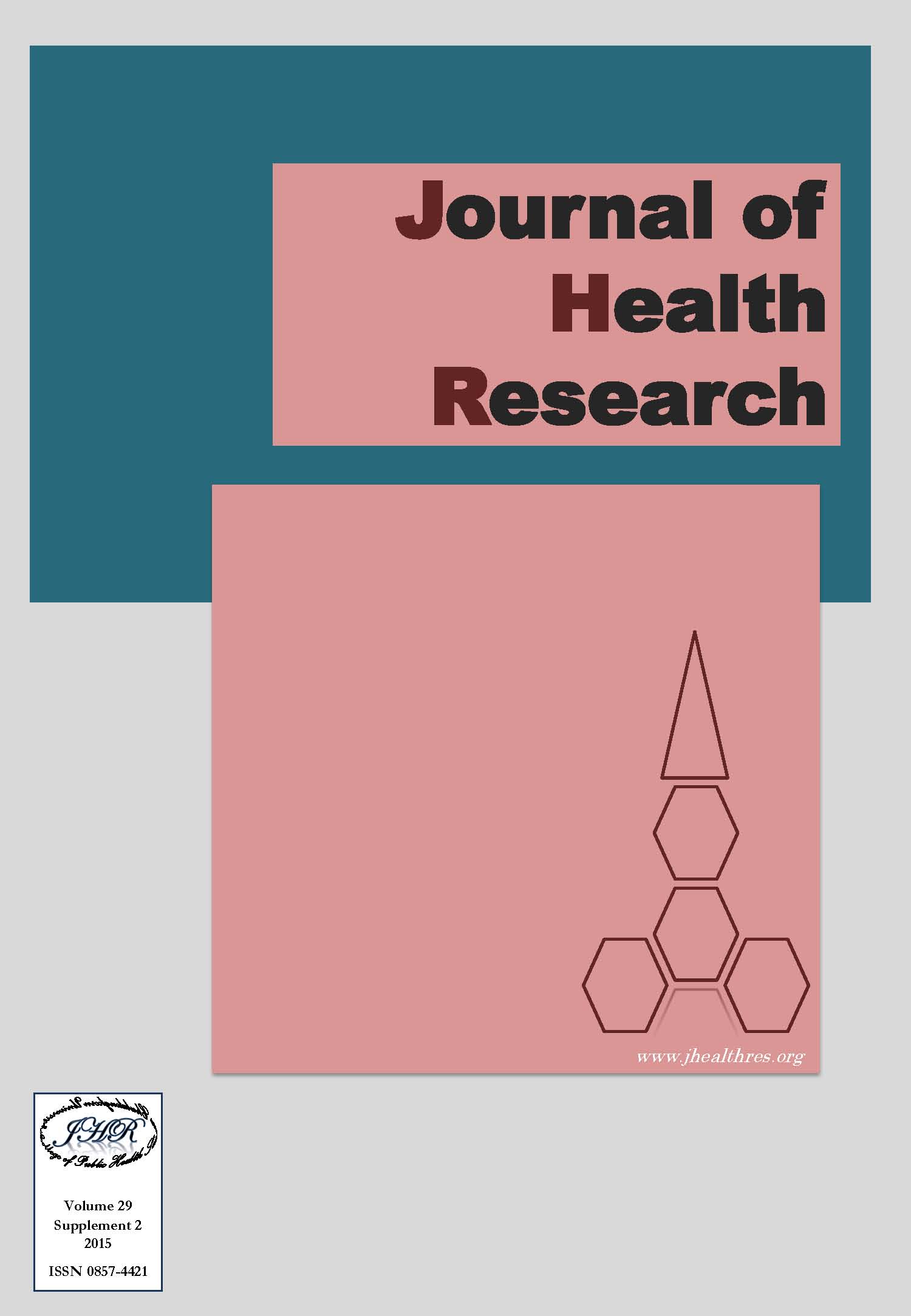Particulate matter related to respiratory symptoms in library staff and administrative officers at Chulalongkorn University, Bangkok, Thailand
Keywords:
Particulate matter, Respiratory symptoms, Library staff, Administrative officers, ThailandAbstract
Background: Poor indoor air quality is known to cause to health issues such as chronic obstructive pulmonary disease (COPD), ischemic heart disease, acute lower respiratory disease, lung cancer. The indicators for indoor air quality include particulate matter (PM), carbon dioxide (CO2), carbon monoxide (CO), fungi or other gas. With regard to indoor particulate matter, libraries are commonly known to have high PM values due to a large volume of old and new books. The purpose of this study was to identify association between the level of particulate matter diameter less than 10 micrometer (PM10) and respiratory symptoms among library staff and administrative officers at Chulalongkorn University, Bangkok, Thailand.
Methods: This study was a cross-sectional survey. The participants were 119 library staff (exposure group) and 74 administrative officers (unexposed group). The data collection was done by face-to-face interview with structure questionnaire and personal particulate matter measurement (PM10 measurement). Analyzed data with statistics including Chi-square test, Fisher’s exact test and logistic regression to identify association between particulate matter (PM10) and respiratory symptoms.
Results: The PM10 exposure in library staff was significantly higher than in administrative officers (p< 0.05) but the PM10 exposure did not exceed the standard of the Occupational Safety and Health Administration (OSHA = 5000 μg/m3). The prevalence of respiratory symptoms in library staff was not significantly higher than administrative officers (OR > 1.0, p> 0.05). However PM10 was significantly associated only with wheezing (OR=1.005, p=0.05).
Conclusions: The PM10 exposure in library staff was higher than administrative officers but it was associated only with wheezing symptoms. Moreover, besides the PM10 concentration there were other factors with positive significant association with the symptoms such as respiratory and allergic disease also with daily smoke exposure from open burning. The factors which negative significant association with the symptoms were gender, renovation of workplace by re-painting and daily smoke exposure from incent.







